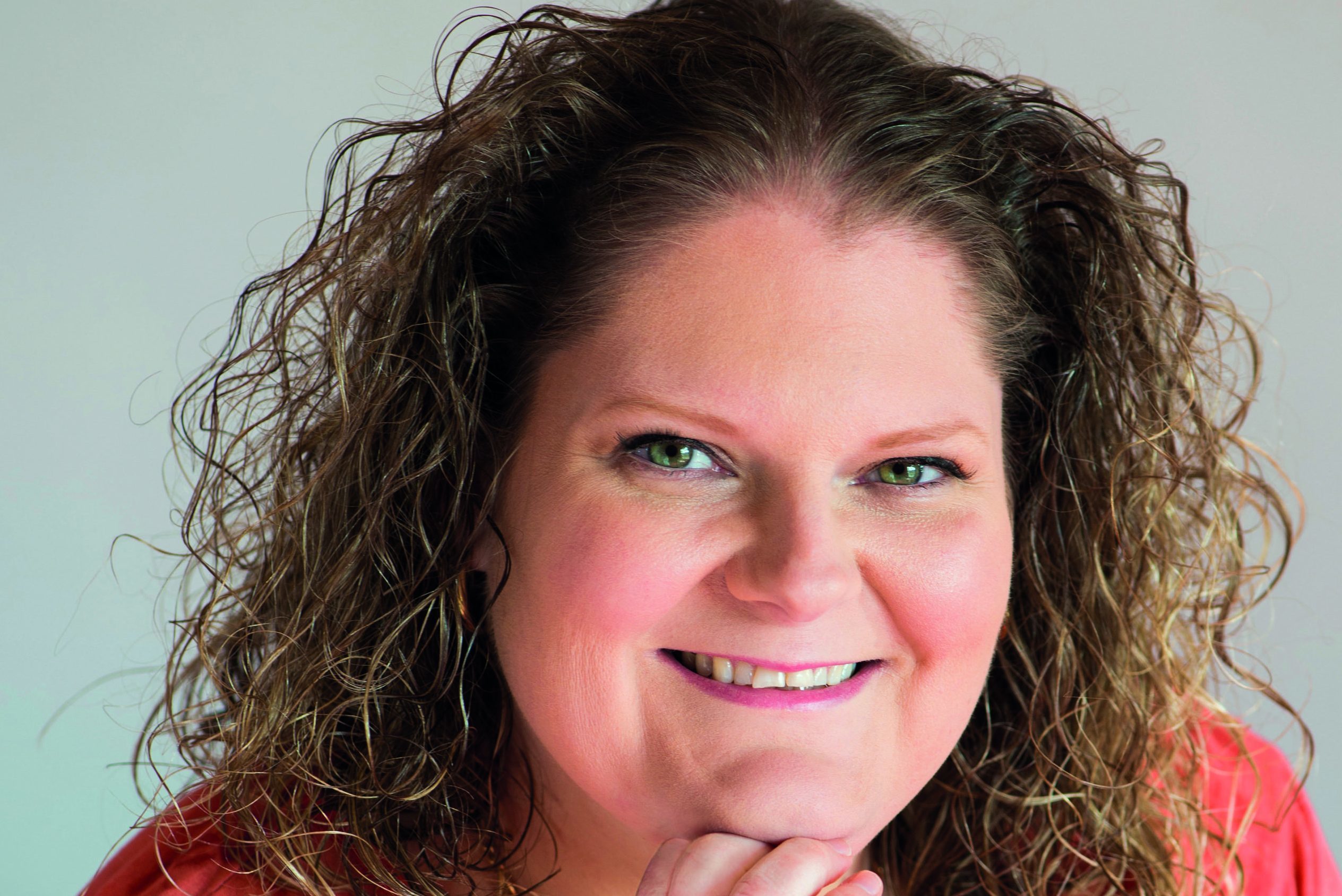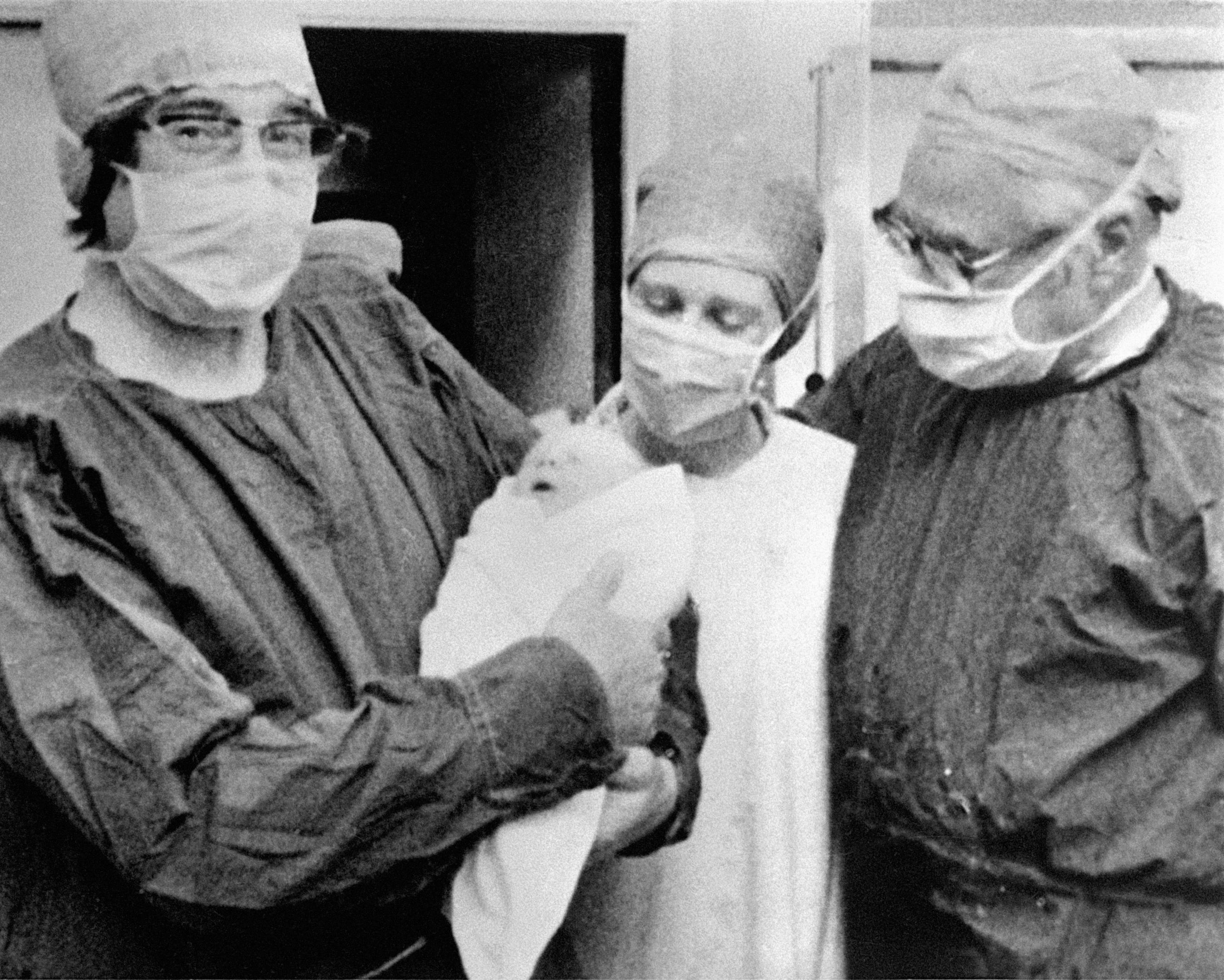
THE world’s first “test tube baby” has said she hopes families who undergo cutting-edge fertility treatments – such as “three parent” babies – are not subject to the same harassment her family received after pioneering IVF.
Louise Brown’s family was bombarded with hate mail after she was born.
In an interview with the Press Association, Ms Brown said she is still subject to “cruel and ill-informed” comments online from time to time.
She added that she hopes people who undergo today’s pioneering fertility treatments – such as mitochondrial replacement therapy – do not suffer the same barrage of negativity.
On November 10 1977, exactly 40 years ago, Lesley Brown, who with husband John had been trying to conceive for nine years, fell pregnant after undergoing in-vitro fertilisation.
Nine months later, their daughter Louise was born – the first baby born following IVF.
Six million babies have been born thanks to the technique, pioneered by British scientist Robert Edwards and his obstetrician colleague Patrick Steptoe.
Ms Brown, a clerk at a freight company, said: “People put cruel and ill-informed comments on the internet just about whenever there is a story about me. But I just ignore it.”
Asked whether she thought families who use the “three-person baby” technique will get similar mail, she replied: “I hope they don’t.”
The world’s first three-parent baby was born last year. Abrahim Hassan, whose Jordanian mother was treated by a US team in Mexico, was conceived from an egg containing DNA from his mother and father, and a tiny amount of mitochondrial DNA from a third person – a female donor.
The aim was to prevent Abrahim inheriting defective mitochondria, rod-like batteries in cells, that could give him Leigh syndrome – a fatal nervous system disorder.
Earlier this year doctors at the Newcastle Fertility at Life clinic were awarded the first official licence to create a baby with three genetic parents.
Ms Brown told the Press Association she would have tried IVF if she had needed to.
Her sons – one of whom is named after the scientists who developed the technique – were conceived naturally.
The 39-year-old also hit out at rationing in the NHS.
“I am not an expert on IVF but I do believe it should be available to as many people as possible,” she said.
“Earlier this year I attended an event in the European Parliament in Brussels, which looked at infertility in nine countries across the EU.
“It showed there is a huge difference in what treatment is available to you and how much it costs, depending on where you live. The same is true across the UK. Infertility affects one in six couples and my view is that you should get the same treatment wherever you live.”
Data released last week by the campaign group Fertility Fairness showed that the number of local health bodies offering the recommended three NHS-funded cycles of IVF has halved in the last five years and stands at 12%.
Mrs Brown said her parents, who have both since died, “just wanted to have a baby”.
“Like millions of other couples with fertility problems they were prepared to do pretty much anything to have a baby,” she added.
“They didn’t really see themselves as pioneers at the time, but the older I get the more I appreciate what they went through to have me.”
She said her sons Cameron, 10, and Aiden, four, were conceived naturally, adding: “If I had needed it I would have tried IVF.”
Aiden’s middle names are Patrick Robert after Mr Steptoe and Mr Edwards.
On her work with the fertility community – including writing a book on her experience – she added: “I’m always pleased to meet those involved in IVF, couples looking for treatment and of course the babies that have been born through IVF.
“Sometimes it is scary to think that my birth led to all this, but I try not to think about it too much. I have never known anything different.”

Enjoy the convenience of having The Sunday Post delivered as a digital ePaper straight to your smartphone, tablet or computer.
Subscribe for only £5.49 a month and enjoy all the benefits of the printed paper as a digital replica.
Subscribe